
OCD Research Lab
@rodriguezlabsu
Our goal is to innovate targeted, rapid-acting treatments and drive insights into the brain basis of OCD & related disorders.
ID: 836370284911349761
28-02-2017 00:19:49
578 Tweet
593 Takipçi
112 Takip Edilen


Wonderful to be part of online International OCD Foundation conference this weekend alongside Drs. Phillips, Grant, Poskar, Nurmi, Saxena, Feusner, and Pittenger! If you missed it, get more information on #OCD at the International OCD Foundation website iocdf.org Thank you Boris Litvin for your moderation!
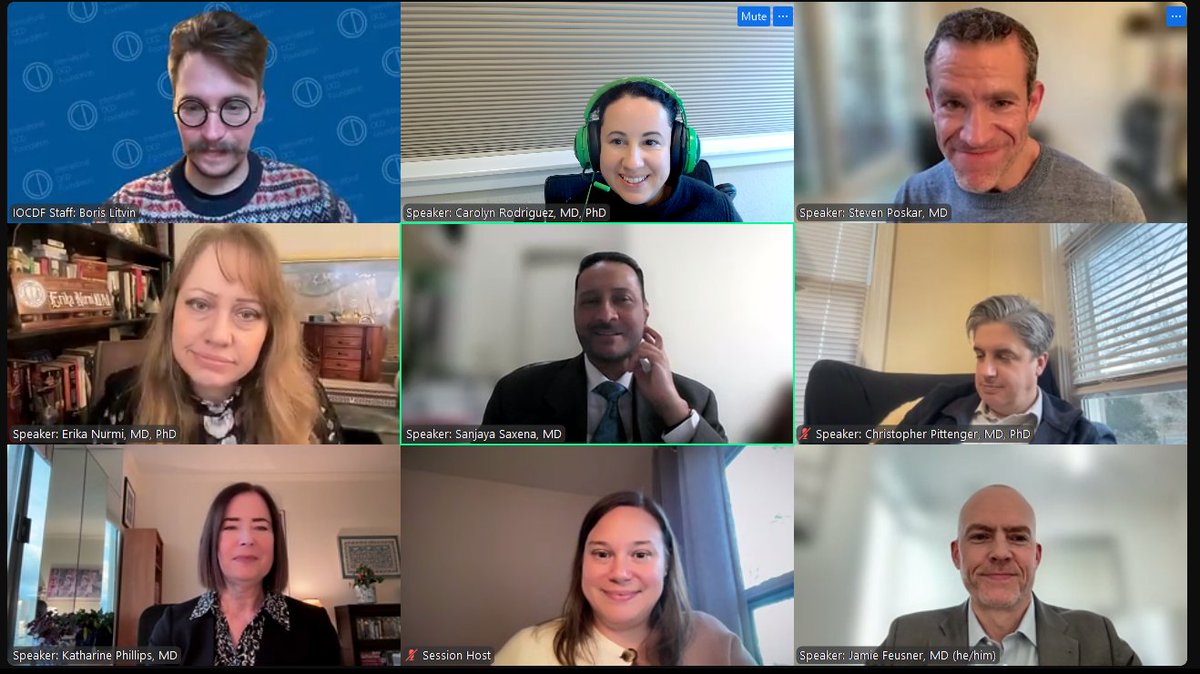

Come check out ACNP poster T247 and say 👋 hi to Jiyeong Kim, PhD, MPH “Large Language Models Outperform Mental and Medical Health Care Professionals in Identifying Obsessive-Compulsive Disorder” #ACNP2024 Stanford Medicine
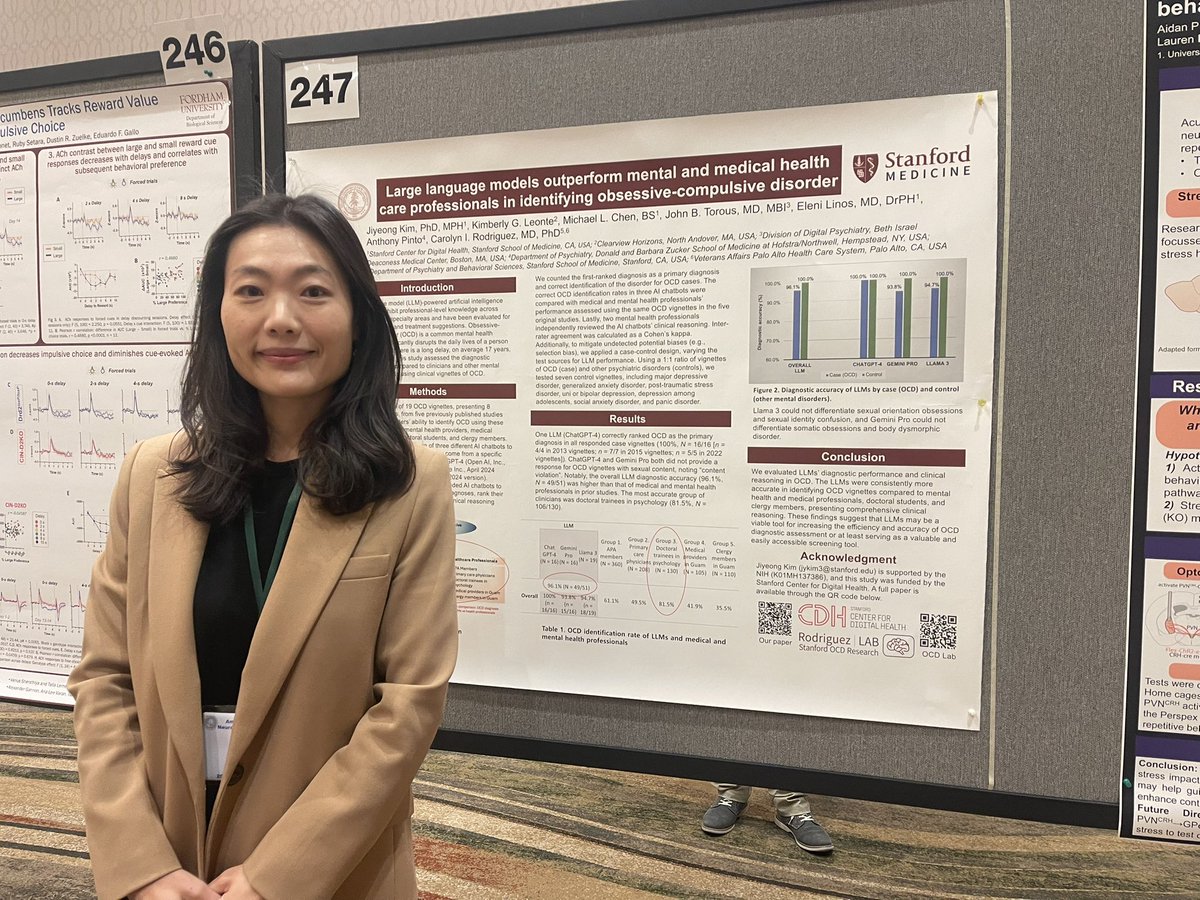

Thoughtful article by talented Christina Caron The New York Times Appreciate the opportunity to comment 🙏 Letting Go of Sentimental Objects Is Hard. Here’s How to Start. nytimes.com/2025/02/27/wel…


Thanks to all amazing co-authors who made it possible: Laura Hack, Claire Bertrand, Rachel Hilton, Nancy Gray, Leyla Boyar, Jessica Laudie, @theBorisLab, Trisha Suppes, Peter van Roessel, Carolyn Rodriguez, Karl Deisseroth, Brian Knutson & Leanne Williams, PhD. Stanford PMHW 🧠

🧵1/7 New paper out! We explored how cognitive behavioral therapy (BIT+) affects brain activity & inhibitory task performance in hoarding disorder. Thankful for Carolyn Rodriguez Leanne Williams, PhD pines pines Stanford PMHW 🧠 Xue Zhang mentorship! sciencedirect.com/science/articl…

Outstanding article on lesser known OCD symptoms by talented Christina Caron The New York Times Stanford Medicine International OCD Foundation Appreciate the opportunity to comment 🙏 nytimes.com/2025/05/16/wel… via @NYTimes

A new piece in The New York Times goes beyond the stereotypes to promote a better understanding of "the many manifestations" of OCD This piece offers an in-depth look at different subtypes and features expert commentary from Scientific and Clinical Advisory Board Member Carolyn Rodriguez.
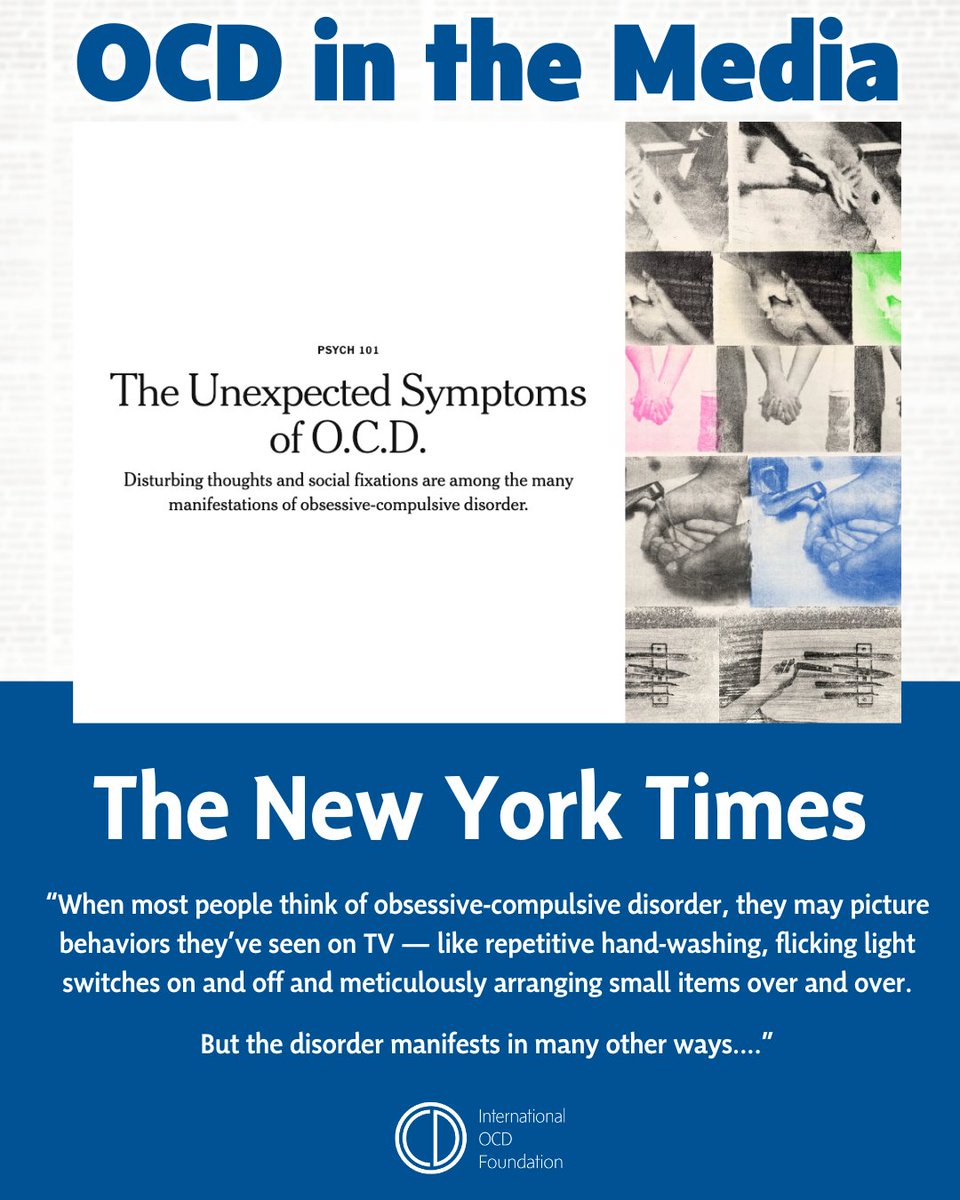


Starting soon! Clinical Update on Artificial Intelligence and Large Language Models American Psychiatric Association with Jiyeong Kim, PhD, MPH John Torous, MD MBI and Isaac Galatzer-Levy #APAAM25
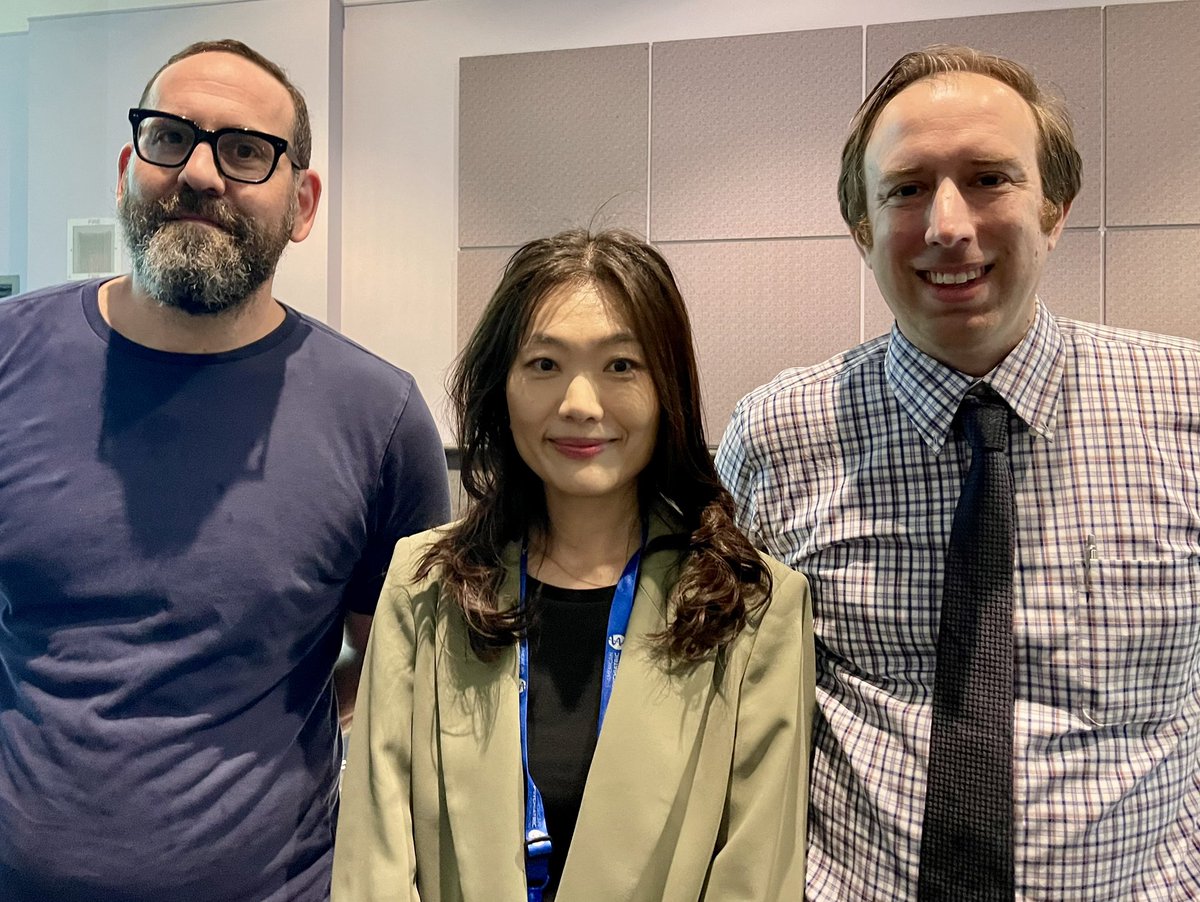
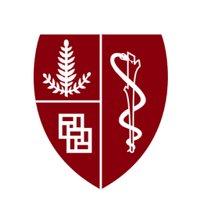

Incredibly appreciative of Karl Deisseroth pioneering vision & honored to work alongside the amazing Human Neural Circuitry (HNC) team. Excited to share our first HNC paper Science Magazine illuminating conserved brain-wide emergence of emotional response from sensory experience

Emotions are core to the human experience 😆😮🙂😊☹️😠😳😑. But how do they arise? Our brain-wide ⚡recordings in humans and mice reveal some answers Science Magazine. A big team effort and debut paper from Stanford University's new Human Neural Circuitry program. bit.ly/4dEyX7Z


💥Emotions are central to the human experience 😠😳😃☺️😔😕😮🙂 Our Human Neural Circuitry team just took a step towards understanding how they arise–using brain-wide electrical ⚡recordings in humans and mice Science Magazine Read on for more… 1/n


BIG thank you to Russ Altman Russ Altman for having me on to Stanford Engineering The Future of Everything podcast to talk about Hoarding Disorder. For those with loved ones who struggle with hoarding disorder, there is hope and help, including CBT therapy. International OCD Foundation youtu.be/mY97ePrY0M4

Congratulations Jiyeong Kim, PhD, MPH on new paper "Artificial Intelligence in #OCD: A Systematic Review." Big thank you to co-authors Stanford Medicine OCD clinic Ashleigh Golden & Stanford AI4MH Ehsan Adeli For more on OCD: International OCD Foundation #OCDCon Open access click to learn more: rdcu.be/ev4s0


Great work, led by Jiyeong Kim, PhD, MPH and Carolyn Rodriguez and my other amazing coauthors. #OCD Stanford Medicine StanfordDBDS Stanford HAI

I’m excited to share our new publication: “Artificial Intelligence in OCD: A Systematic Review” ▶️ rdcu.be/ev4s0. I feel honored to have had the opportunity to contribute to advancing mental health tech alongside such an amazing team! Thanks Carolyn Rodriguez Jiyeong Kim, PhD, MPH!

New #FutureOfEverything podcast! Stanford’s Dr. Carolyn Rodriguez explores the neuroscience behind hoarding disorder - from the emotional grip on “useful” items to VR-enhanced CBT & brain stimulation therapies. Empathy + innovation = hope. 🎧 #MentalHealth Stanford Engineering



